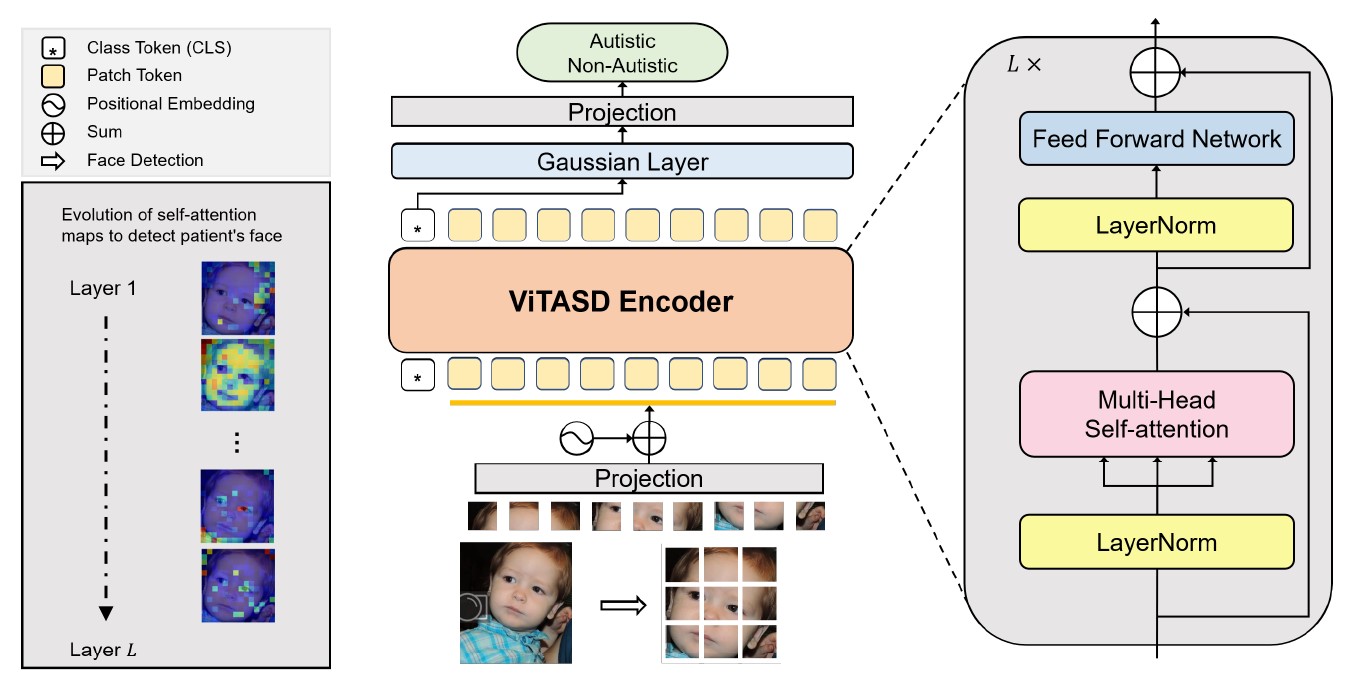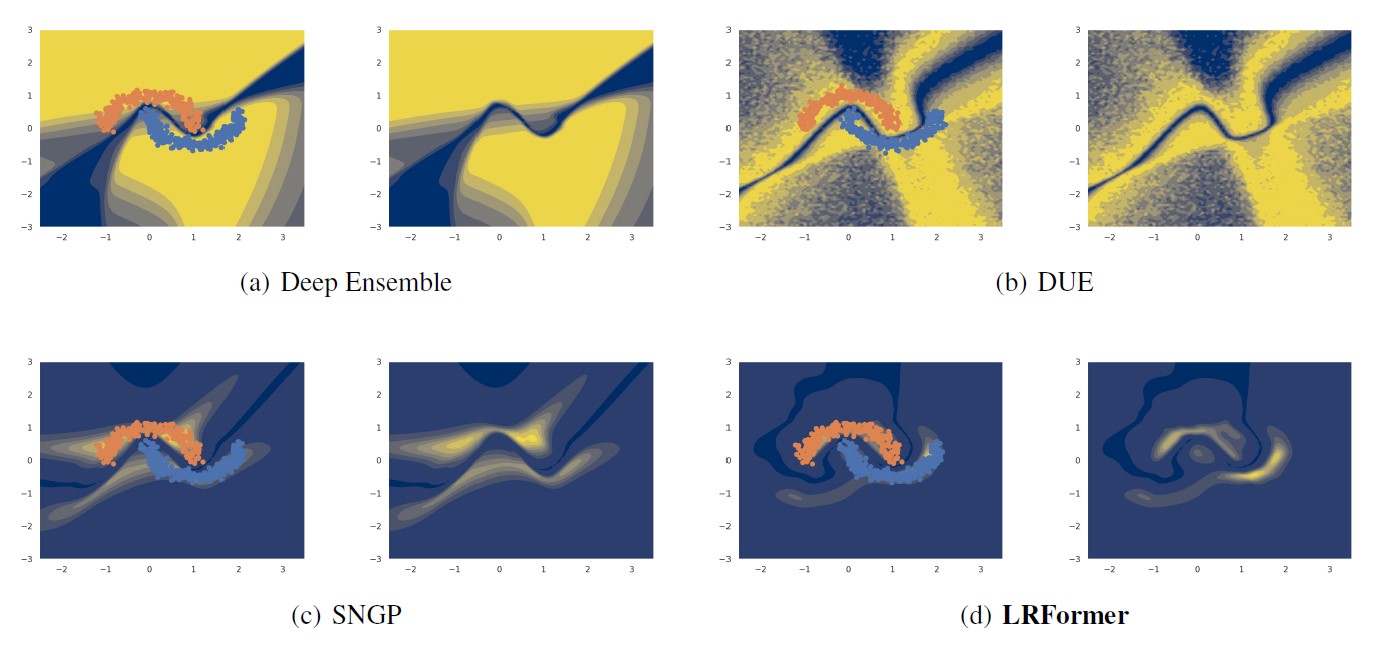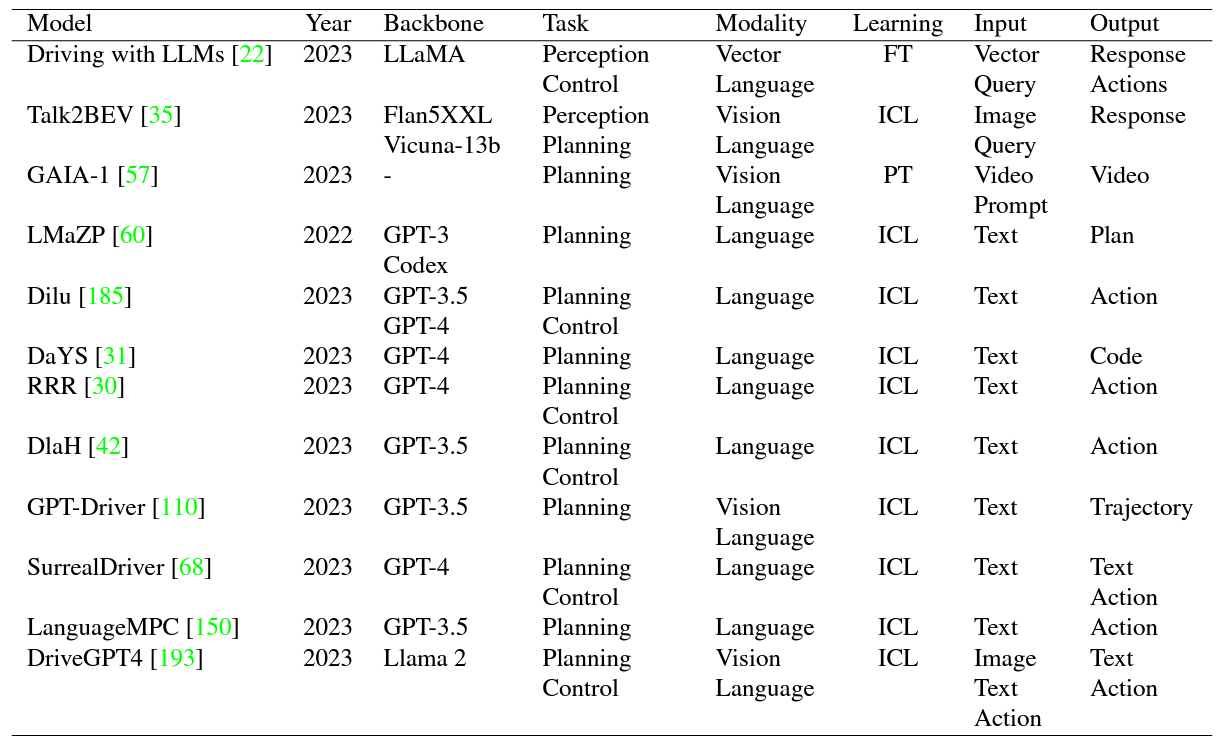Our Research
[IJCAI 2022] AggPose: Deep Aggregation Vision Transformer for Infant Pose Estimation

Movement and pose assessment of newborns lets trained pediatricians predict neurodevelopmental disorders, allowing early intervention for related diseases. However, most of newest approaches for human pose estimation method focus on adults, lacking publicly large-scale dataset and powerful deep learning framework for infant pose estimation. In this paper, we fill this gap by proposing Deep Aggregation Vision Transformer for human (infant) posture estimation (AggPose), which introduces a high-resolution transformer framework without using convolution operations to extract features in the early stages. It generalizes Transformer + MLP to multi-scale deep layer aggregation within feature maps, thus enabling information fusion between different levels of vision tokens. We pre-train AggPose on COCO pose estimation and apply it on our newly released large-scale infant pose estimation dataset. The results show that AggPose could effectively learn the multi-scale features among different resolutions and significantly improve the performance.
[ICASSP 2023] ViTASD: Robust Vision Transformer Baselines for Autism Spectrum Disorder Facial Diagnosis

Autism spectrum disorder (ASD) is a lifelong neurodevelopmental disorder with very high prevalence around the world. Research progress in the field of ASD facial analysis in pediatric patients has been hindered due to a lack of well-established baselines. In this paper, we propose the use of the Vision Transformer (ViT) for the computational analysis of pediatric ASD. The presented model, known as ViTASD, distills knowledge from large facial expression datasets and offers model structure transferability. Specifically, ViTASD employs a vanilla ViT to extract features from patients’ face images and adopts a lightweight decoder with a Gaussian Process layer to enhance the robustness for ASD analysis. Extensive experiments conducted on standard ASD facial analysis benchmarks show that our method outperforms all of the representative approaches in ASD facial analysis, while the ViTASD-L achieves a new state-of-the-art.
[UAI 2023] Mitigating Transformer Overconfidence via Lipschitz Regularization

Though Transformers have achieved promising results in many computer vision tasks, they tend to be over-confident in predictions, as the standard Dot Product Self-Attention (DPSA) can barely preserve distance for the unbounded input domain. In this work, we fill this gap by proposing a novel Lipschitz Regularized Transformer (LRFormer). Specifically, we present a new similarity function with the distance within Banach Space to ensure the Lipschitzness and also regularize the term by a contractive Lipschitz Bound. The proposed method is analyzed with a theoretical guarantee, providing a rigorous basis for its effectiveness and reliability. Extensive experiments conducted on standard vision benchmarks demonstrate that our method outperforms the state-of-the-art single forward pass approaches in prediction, calibration, and uncertainty estimation.
[WACV 2024] A Survey on Multimodal Large Language Models for Autonomous Driving

With the emergence of Large Language Models (LLMs) and Vision Foundation Models (VFMs), multimodal AI systems benefiting from large models have the potential to equally perceive the real world, make decisions, and control tools as humans. In recent months, LLMs have shown widespread attention in autonomous driving and map systems. Despite its immense potential, there is still a lack of a comprehensive understanding of key challenges, opportunities, and future endeavors to apply in LLM driving systems. In this paper, we present a systematic investigation in this field. We first introduce the background of Multimodal Large Language Models (MLLMs), the multimodal models development using LLMs, and the history of autonomous driving. Then, we overview existing MLLM tools for driving, transportation, and map systems together with existing datasets and benchmarks. Moreover, we summarized the works in The 1st WACV Workshop on Large Language and Vision Models for Autonomous Driving (LLVM-AD), which is the first workshop of its kind regarding LLMs in autonomous driving. To further promote the development of this field, we also discuss several important problems regarding using MLLMs in autonomous driving systems that need to be solved by both academia and industry.